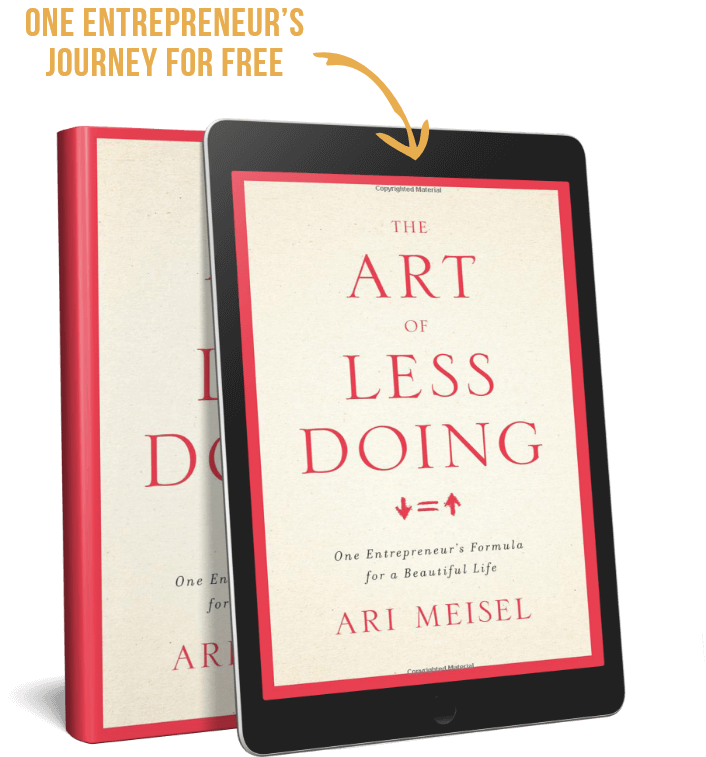People often come to me with a solution rather than a problem.
A lot of times when the person comes to me, they believe they need to hire people.
They have a problem.
They have a process that’s not working.
There’s an inefficiency in their business.
They are convinced that adding people will make things better.
So they look for guidance in terms of where to find the people, how to train them, how to identify what kind of people they need. The problem with that is if you add people to an inefficient process or broken process, all you’re going to do is create frustration, lose money, and possibly worse.
So I always start with the optimized part of my methodology first. But today I had a conversation with one of the Less Doing Leaders and was reminded of an exception.
There are situations where you don’t want to add a few people… you want to add thousands.
It’s a situation where you have automation by human and there’s a website called microworkers.com, which I suggest everyone take a look at so you can get an idea of the kinds of things that you might have people do.
It’s a very interesting niche for a specific business opportunity because there are lots of tasks that are so small, so minute that a human being can execute in a matter of seconds with little to no error, but it’s still beneficial to have a human being look at it.
Here’s a very basic example.
Show somebody a picture of an apple and you ask them to click, is this a fruit or vegetable? It’s a task that might take somebody a second to do and they’ll probably get paid three to ten cents for doing that task. Because the system has access to literally thousands of people, what they will do usually is show that same images to five people. Those five people will weigh in. If one of them doesn’t agree with the others, it automatically kicks that image back to the system and has five new people weigh in on it.
The entire process takes a matter of 15 seconds.
There’s an unlimited workforce essentially available to do this. So when I was talking to one of the leaders today, he said he had a very tedious and very repetitive process around recruiting. One of the things that are required as they go through Linkedin listings, is to find certain people.
Yes, it could be automated, but the human solution is a better alternative.
In this scenario, people actually can do it better; if given such a small slice of the pie that they can do it quickly, cheaply, and without making mistakes. So in this particular process, they look at a candidate’s profile and if the person has had three jobs or more in the past five years, they are automatically rejected. For obvious reasons.
A human being can look at that and just say, one, two, three, yep, done, yes or no, a few seconds. We can do that at scale and we can do that extremely cheaply with no error.
Cool, right? Think of some processes in your business that could benefit from an army of workers. Inputting SKUs, making yes or no decisions, either or, judgments, well you get my drift.










